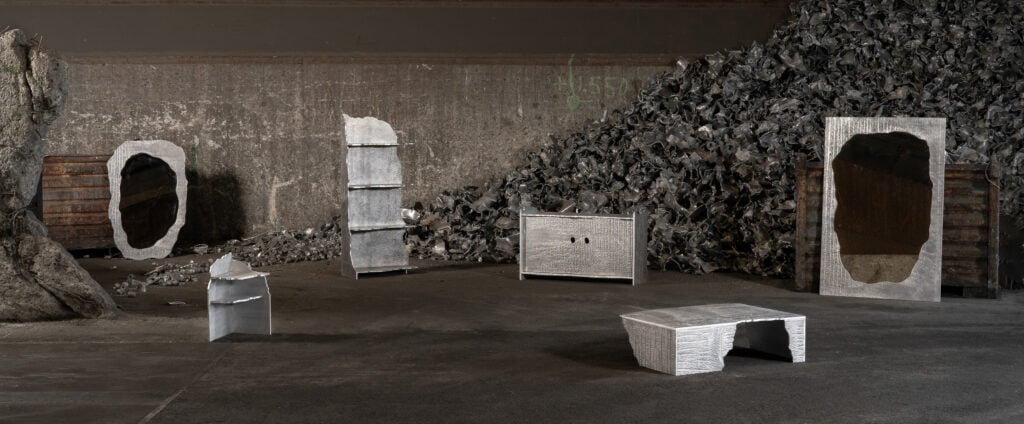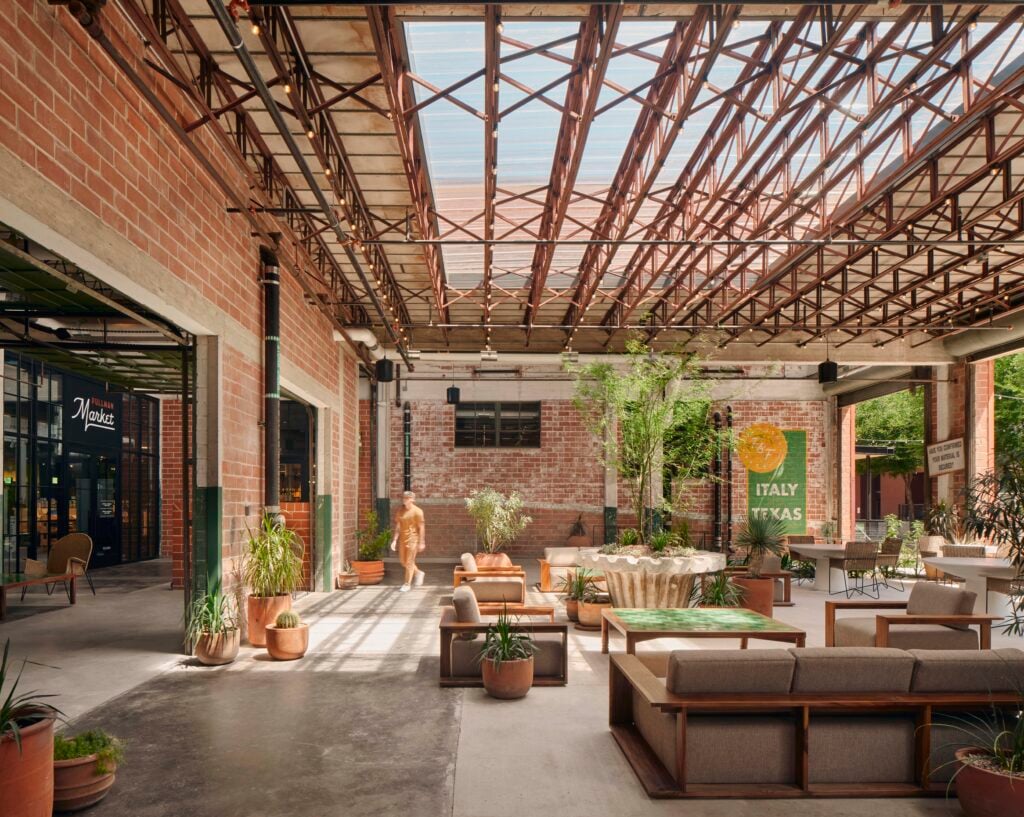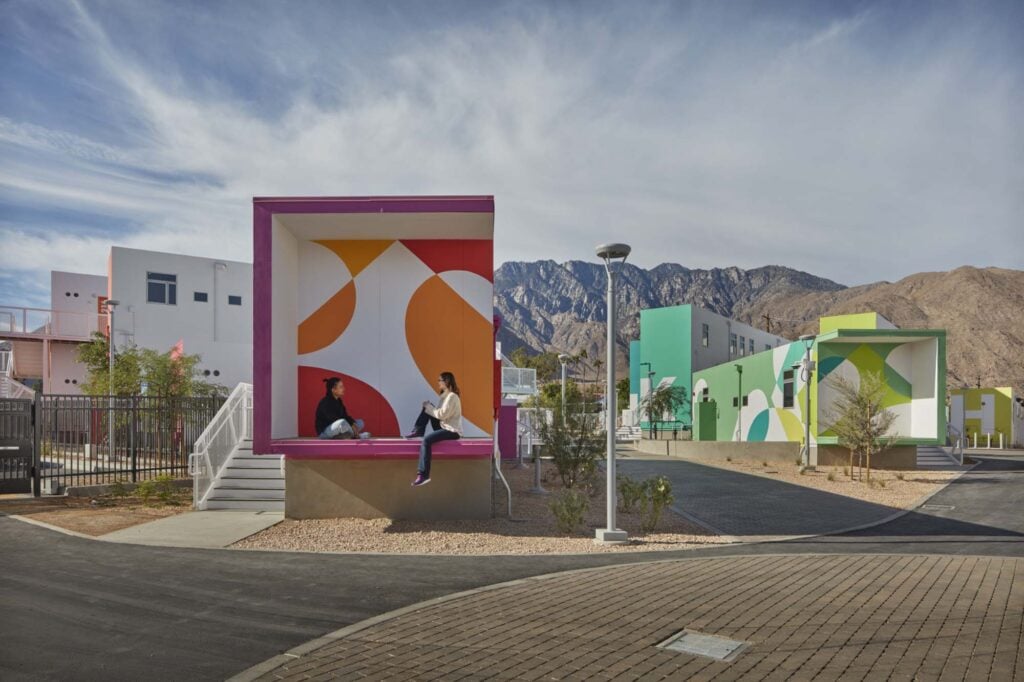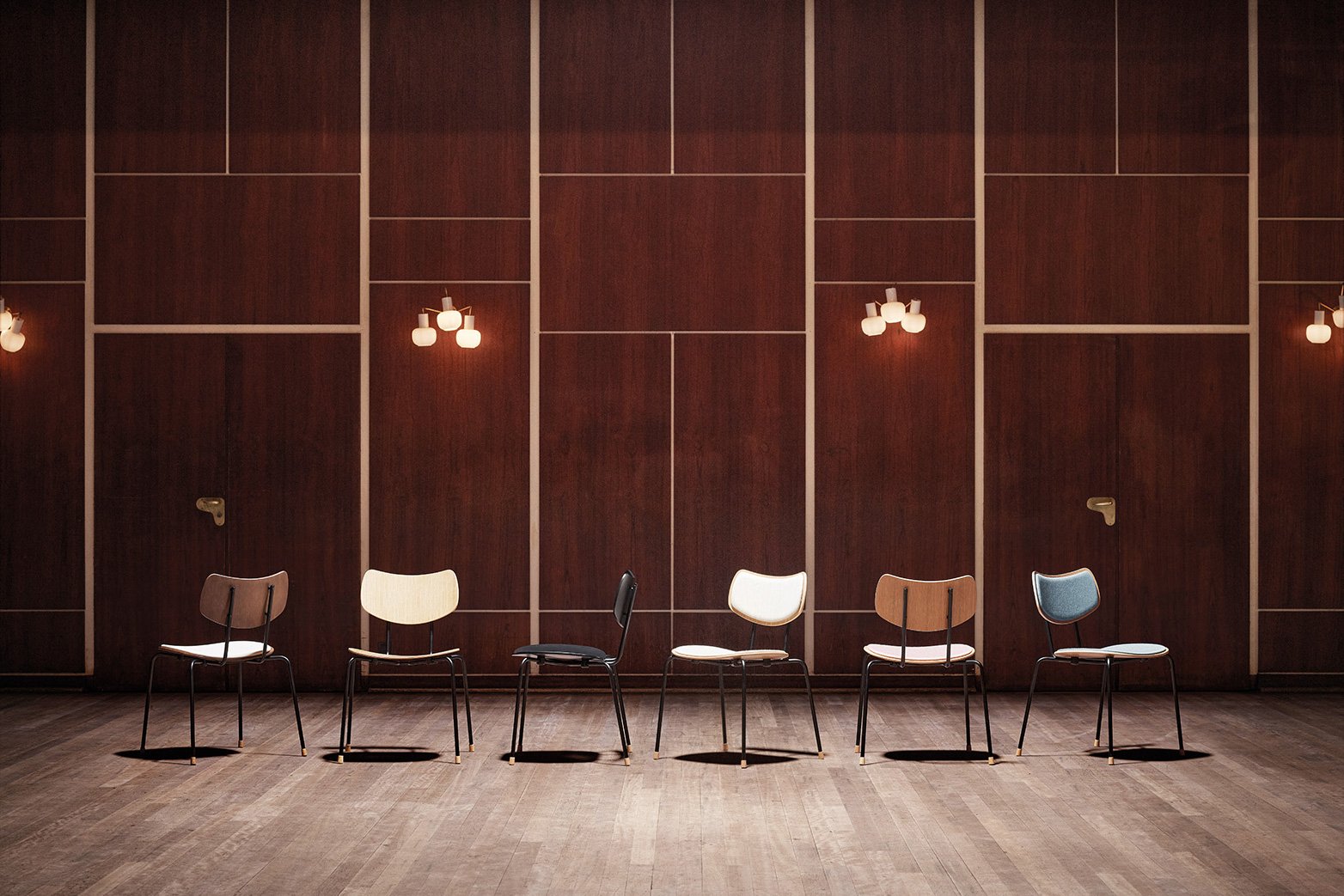
October 26, 2022
Carl Hansen & Søn Revives an Icon of Danish Functionalism
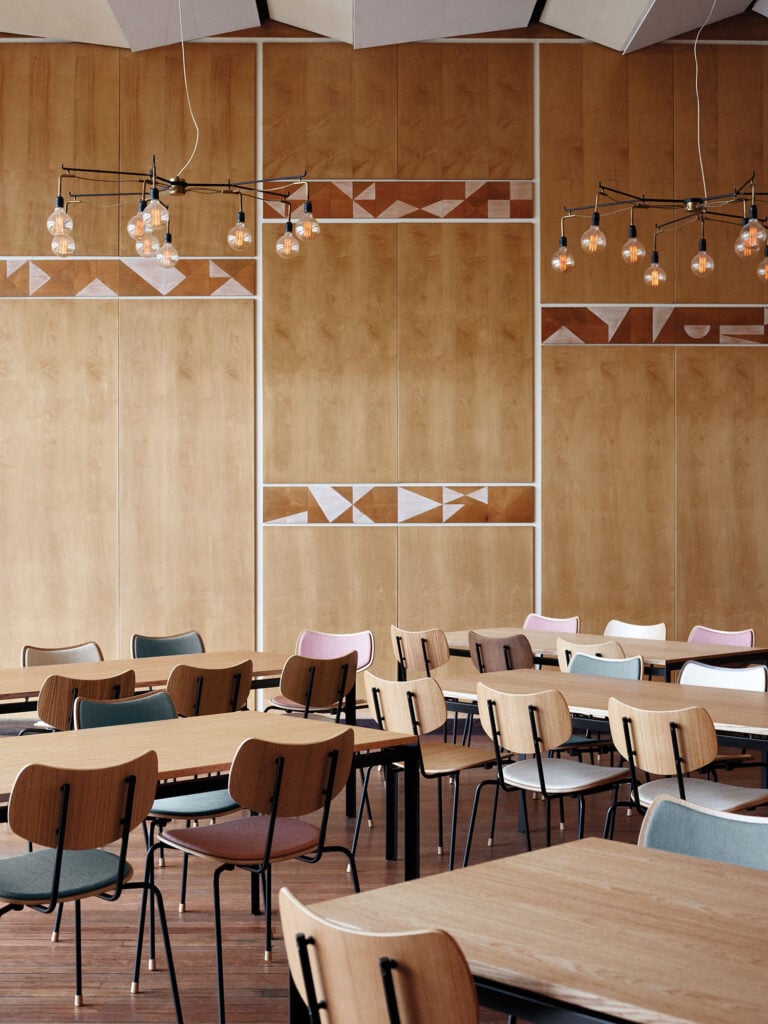
As part of the firm’s centennial, the company has partnered with Danish furniture manufacturer Carl Hansen & Søn to reproduce the Vega Chair for a wider audience, introducing a version that can be specified in steel or FSC-certified oak and upholstered in fabric or leather. Anne Møller Sørensen, partner at Vilhelm Lauritzen Architects, attests that while the design was “effortlessly simple,” it has always maintained “a very clear character” in its uncompromising detail and comfortable proportions.
Often referred to as the “Pioneer of Danish Functionalism,” Lauritzen revolutionized a Modernist “inside out” approach to architecture and design that prioritized functionality, context, and inclusivity. Firmly believing that architecture should be an applied art that serves all, rather than a luxury for the elite, Lauritzen left a legacy that lives on in the city today, whether one is catching a show at VEGA or a flight at Copenhagen Airport.
Would you like to comment on this article? Send your thoughts to: [email protected]
Latest
Profiles
Studio ThusThat Gives Industrial By-products a Second Life
The Amsterdam-based designers create furniture and objects that explore industrial production and waste narratives.
Projects
A San Antonio Market Pairs Sustainable Agriculture With Biophilic Design
The adaptive reuse market designed by Clayton Korte and Emmer & Rye Hospitality Group aims to create a sensory (and low waste) grocery experience.
Projects
A New Standard for Housing the Unhoused in Palm Springs
JFAK’s Homeless Navigation Center blends modular housing, support services, and shared spaces to create a humane, dignified alternative to traditional shelters.



